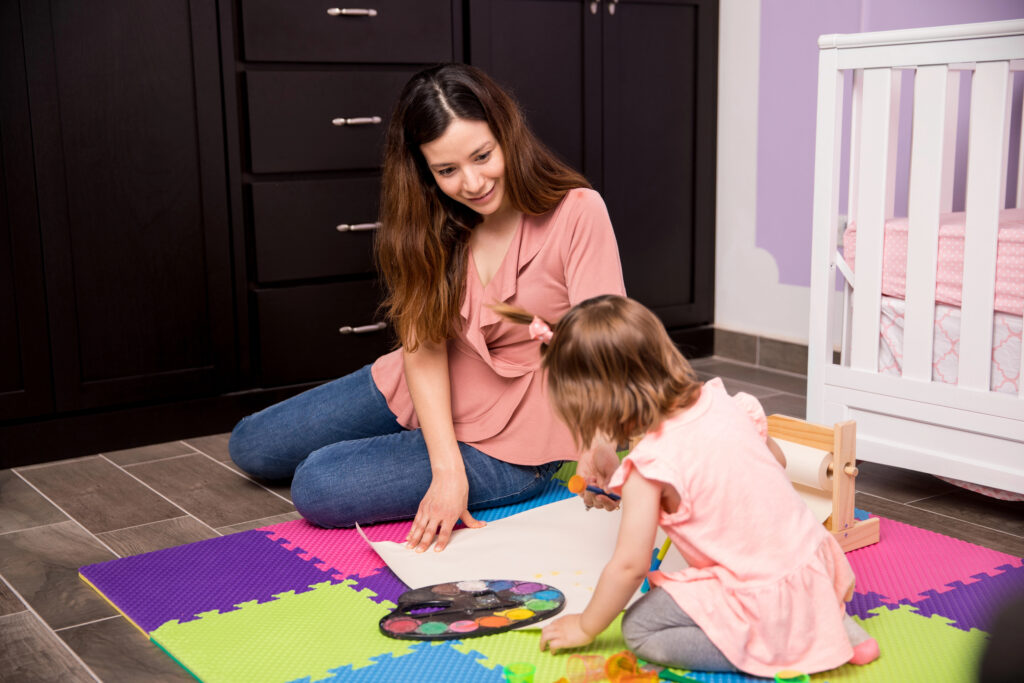
Let’s get one thing straight: single mom life is no joke. It’s tough, yes—but it also comes with some unexpected perks and serious power moves. In fact, more women are choosing single motherhood than ever before. So if you’re riding solo on the parenting train, know this—you’re not alone, and there’s a lot to love (and a few things to laugh or cry about along the way).
The Perks Of Single Momming It
Freedom, baby. No one to check in with about dinner plans, parenting decisions, or what color to paint the bathroom. You’re the boss.
Peace and quiet (sort of). No marital arguments. Your child doesn’t witness drama, and your home gets to be your calm(ish) sanctuary.
Bonding time like no other. It’s just the two of you, building a connection that’s strong, sweet, and unshakable.
Pride in the hustle. There’s something powerful about knowing you’re doing the hardest job out there—and crushing it.
Single mom tribe = instant sisterhood. Other solo moms just get it. And they’re often the most fun to hang with.
Jack of all trades? That’s you now. From bug-spraying to tire-changing, you’ve probably mastered skills you never thought you’d need.
Proof you can survive anything. You’ve hit hard days and come out the other side. You’re unstoppable.
The Struggles (Because Let’s Be Real)
Wearing every single hat. Every day. Forever.
Feeling lonely—even in a room full of toys and chaos.
Loving your child with your whole soul, and wishing someone else did too.
Celebrating milestones solo.
Carrying groceries, backpacks, and your child… solo.
Being constantly “on.”
Turning on Paw Patrol so you can shower or send an email.
No quick errands. Ever.
Holidays. Enough said.
Trying to balance parenting, working, cleaning, self-care, and staying sane.
4 Tips to Make Single Mom Life Smoother (and More Joyful)
1. Let Stuff Go
You don’t have to do it all. Pick your battles and let the rest slide. (We don’t match socks in this house, and nobody’s died yet.) Paper plates? Yes. Apartment living? Absolutely. The real goal is more quality time with your kid, and that’s always worth it.
2. Find Your Mom Crew
Google is your friend. Facebook groups, meetups, churches, community centers—there are more single moms out there than you think, and they’re just as eager to connect. Do holidays together. Take zoo trips. Trade babysitting. Cry-laugh over coffee. Trust me, everything’s better when you’ve got your tribe.
3. Use Your Village
Grandparents, friends, church groups, nonprofits—lean on them. Let people help you. And if someone offers support, say yes! You’re not weak, you’re wise. Building a village takes time, but it’s 100% possible—and totally worth it.
4. Get Efficient AF
Time is tight, so make it count:
Grocery pickup saves your sanity.
Meal prep like a boss.
Exercise with your kid (baby squats are real).
Hire a budget-friendly cleaner or swap cleaning days with another mom.
Swap childcare to score yourself a night off.
Check for free museum/zoo days and use library passes.
VBS = summer camp on a budget.
Auto-pay those bills.
Start a garden—cheap food and bonding time in one!
Get creative with passive income or small biz ideas.
Involve your kids in chores, workouts, business tasks—it’s slow, but it’s bonding + productive.
And yes, pray about it. Ask, receive, repeat. Miracles are real.
Being a single mom is no cakewalk, but it’s also incredibly empowering. You’re shaping a little life (or a few!) with love, grit, and grace. Take pride in how far you’ve come. Build your village, simplify what you can, and remember: you’re not doing it alone. You’re doing it like a queen.











